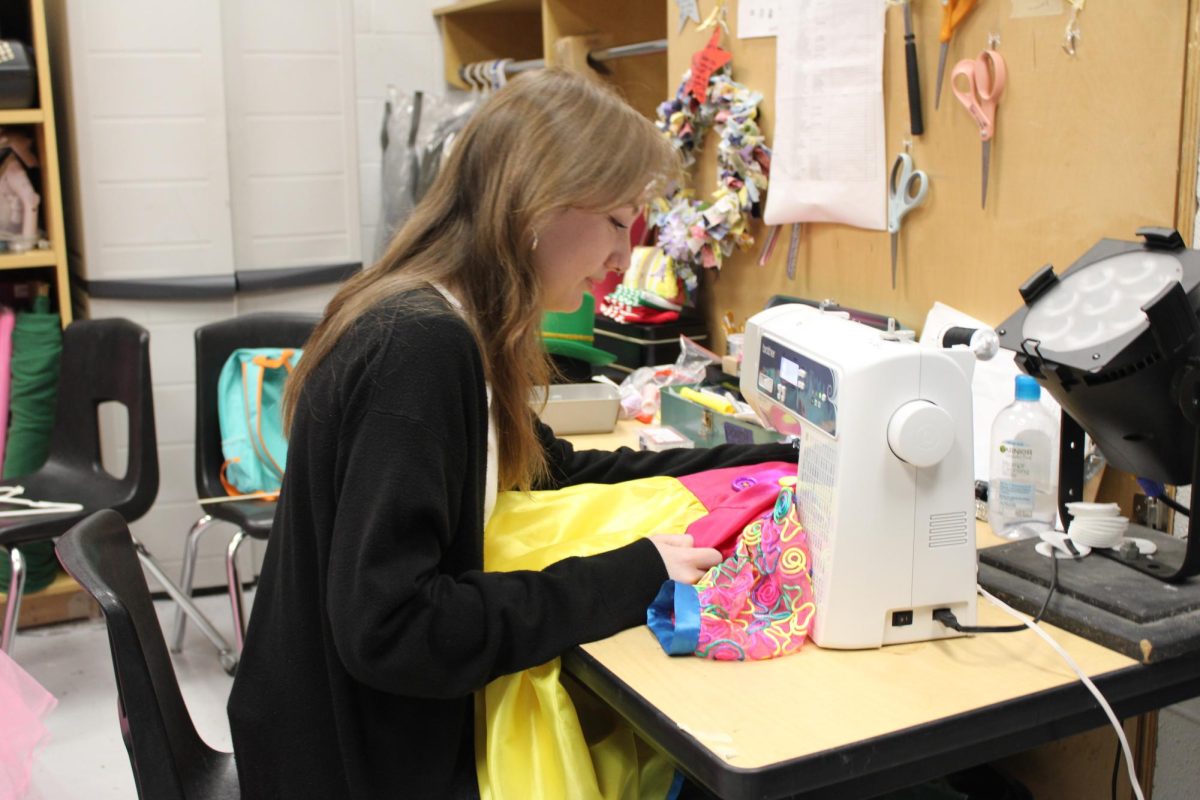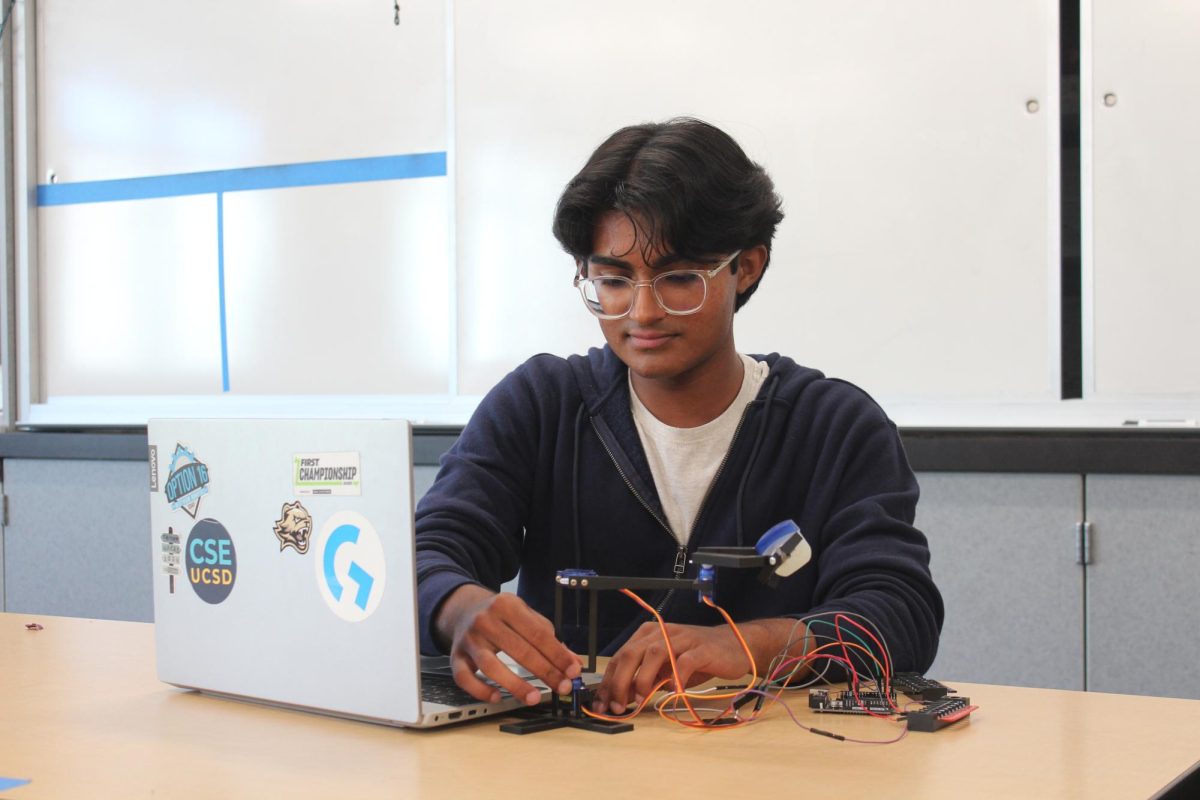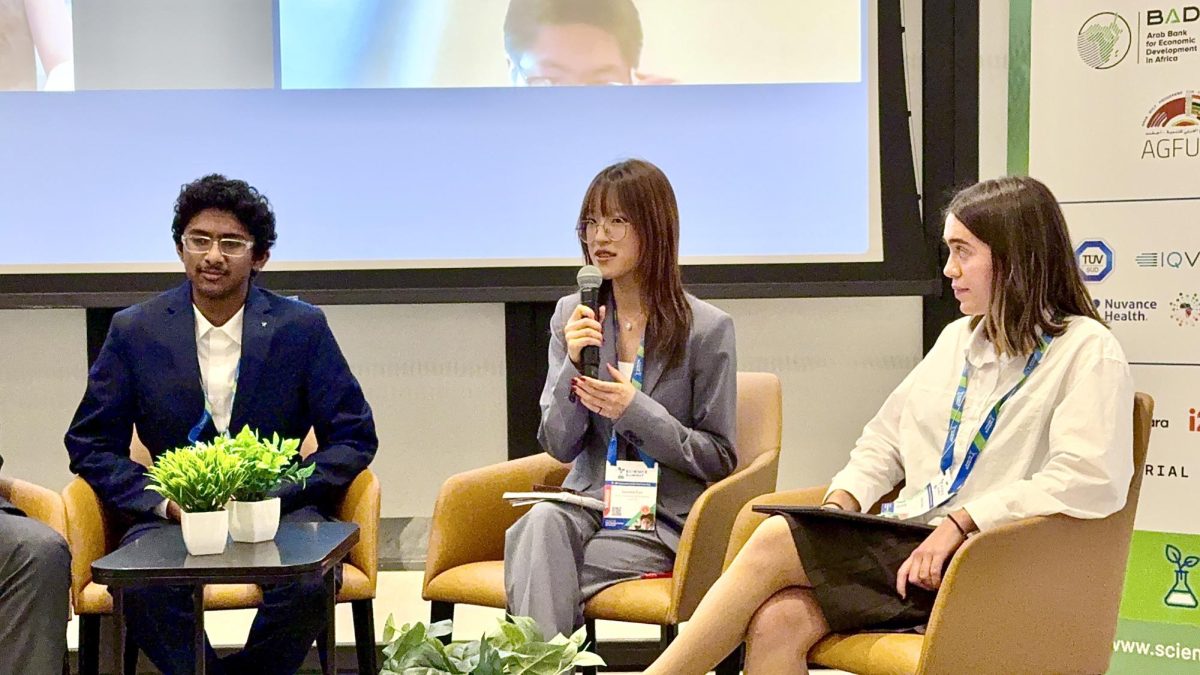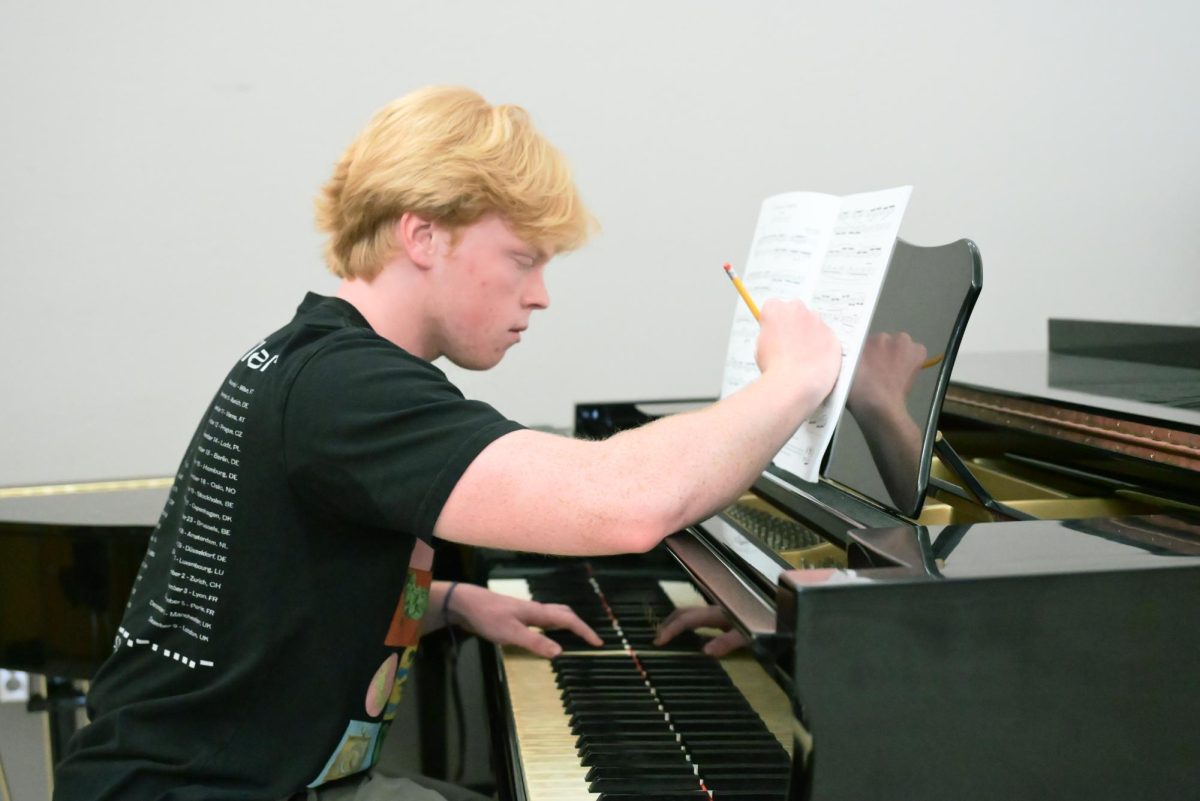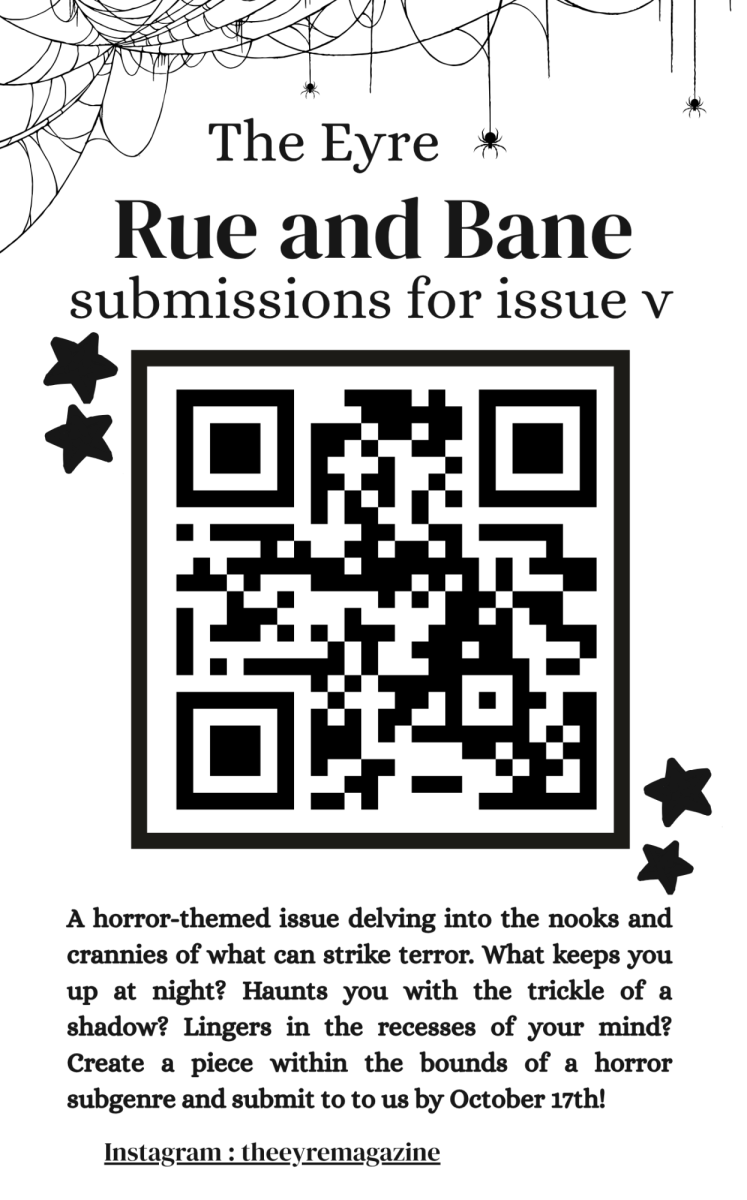As WVTC prepared for its fall production of the “Wizard of Oz,” costume designer and crew manager Sasha Levy (12) was hard at work in the costume room sketching, sewing, and bringing these designs to life.
Since August, as the costume head, Levy has been creating mood boards and taking inspiration from previous productions in order to design the elaborate “Wizard of Oz” costumes. Levy said that ensuring the costumes match she envisioned.
Preparation of the costumes took a lot of effort: Levy, her crew, and parent volunteers stayed after school designing, sewing, as well as preparing for the costume parade which Levy explained once the costumes are finished she had the actors fitted to see if adjustments were needed. In order to streamline the costume-making process, Levy set up workshops for those in her crew who don’t didn’t know how to sew.
“If [the crew] does not have much experience, we start by showing them hand-sewing, how to secure pieces properly with or without the machine, and also just showing them how to use the machine,” Levy said.
In this production, Levy managed more than more than 100 costumes, a number never seen before in Westview Theatre history. According to Levy, she struggled to create this load and manage her time. Despite the large quantity of costumes, Levy took extra time to make sure that the actors both looked extravagant and felt comfortable in their outfits.
By drawing inspiration from the original 1939 film, Levy said out of all the costumes she designed she largely focused on the design of Glinda and Dorothy costumes, using elements from the original costumes. For Dorothy’s costume she found checkered patterns as well as gemstones for the spark of Glinda’s costume. She also took components from other stage productions of “Wizard of Oz.”
“I take inspiration from the movie and I pick out fabrics looking at the different colors and relating them to the color scheme of the movie that I like, and then I look at what other productions have done and combine all of those and add our own spin,” Levy said.
Levy said that she designs the costumes based on the fabrics, corset, and skirt designs she sees in the original movies to make the costumes recognizable.
To keep costs manageable, Levy also repurposed and recycled materials from previous shows.
“A lot of the Kansas costumes we used were just [the materials] we had in our [old] brown button–up shirts and pants,” Levy said. “But for costumes like Glinda and a lot of the munchkins, we picked out fabric and cut as well as sewed our own costumes.”
For some of the costumes Levy and her crew added small details using hand-sewing techniques.
“A lot of the munchkin costumes have pieces such as bows and buttons and gems that the crew sewed on,” Levy said.
Despite the intricate hand sewing and designing needed for all the costumes, Levy says that the most important part of the costumes is remaining true to the original source.
“The most important part of the design process is creating designs that accurately reflect the characters and enhance the show while still making sure the actors feel comfortable in what they’re wearing, ” Levy said.
During tech week, the week before the show began, Levy ensured that all the costumes were ready.
“Normally the week before the show, it’s more organizing and labeling, having everything set up for actors and keeping track of any quick changes in between scenes of actors who have fast changes that they need help with,” Levy said. Levy said she is proud of the final products appearing on stage. According to her, the most enjoyable part of the process was getting to build connections with the actors.
“Throughout the production, just getting to know the actors,” Levy said. ”Being able to say ‘‘here’s your costume’ and having meaningful interactions with the actors and crew really made the hard work worth it.”


